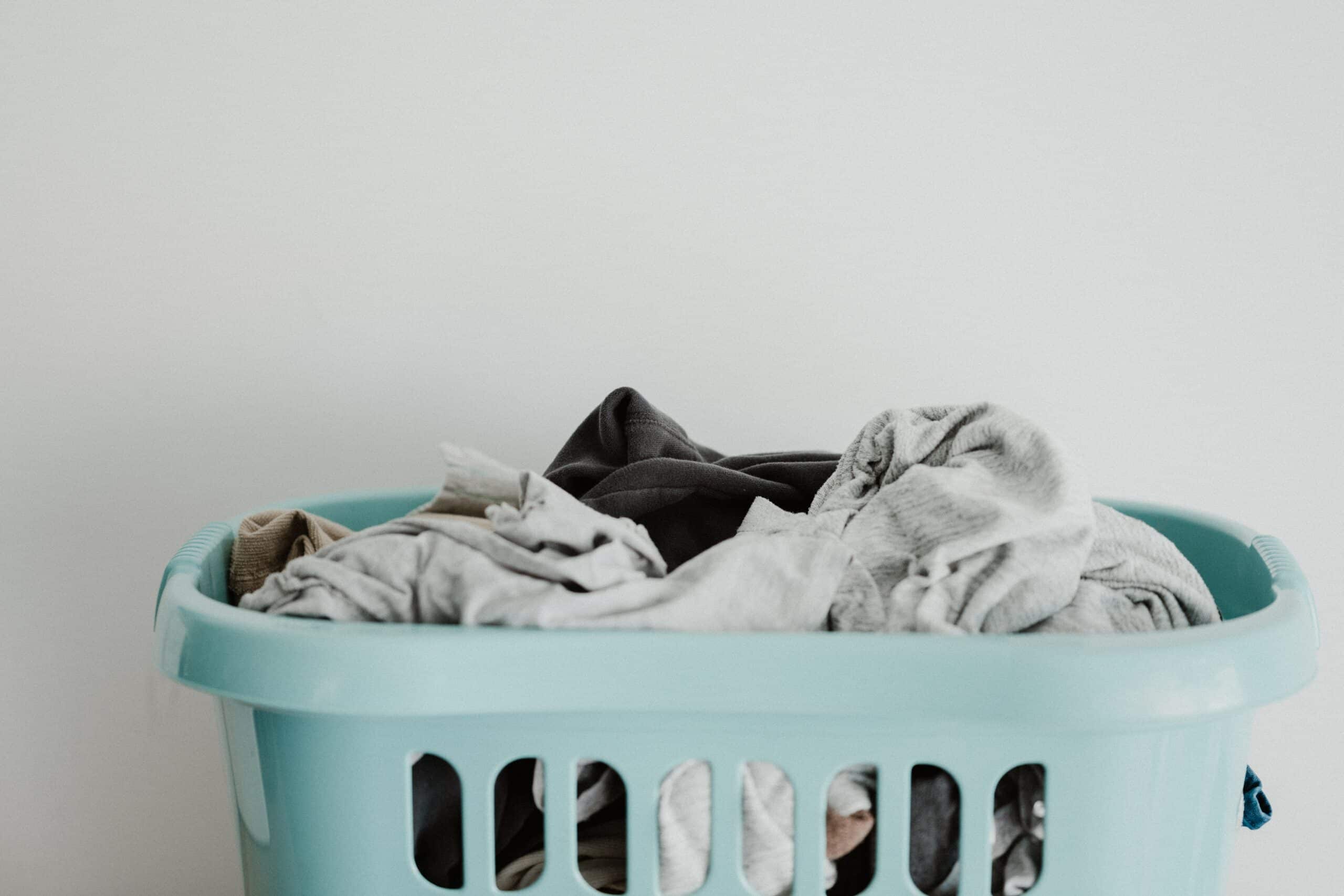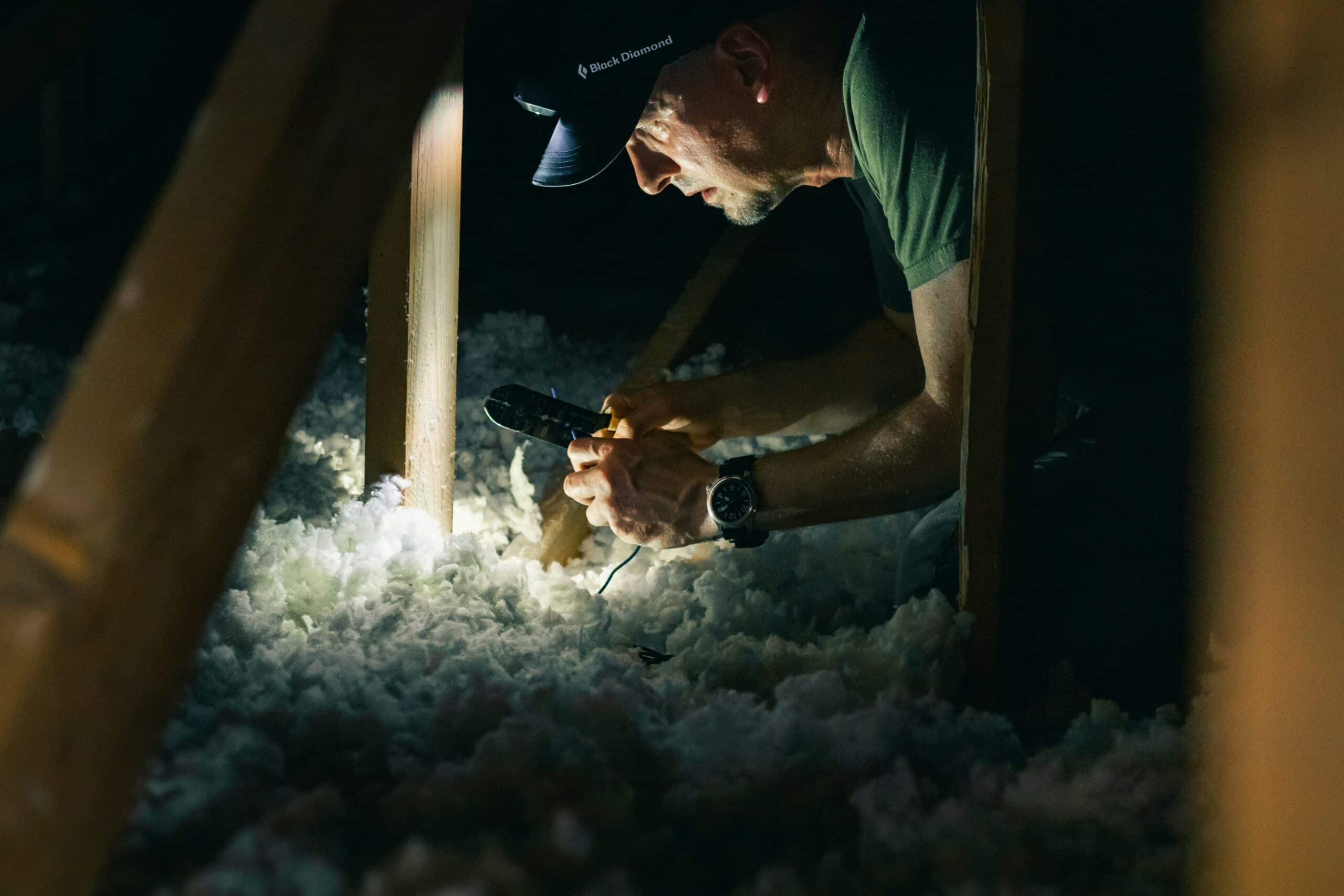Laundry chutes can be a convenient addition to a home, allowing you to easily send dirty laundry from an upper floor to a laundry room or basement. However, it’s important to be aware of potential safety hazards associated with these handy devices. As the owner of Candid Home Inspections LLC, ensuring the safety of homes is your expertise, so let’s explore some of the risks associated with laundry chutes.
- Falling Objects: Laundry chutes can be a potential hazard for small children and pets. Items placed in the chute may accidentally fall down, causing injury. To mitigate this risk, it’s essential to use a securely locked chute door or gate when not in use.
- Fire Hazards: Some laundry chutes may act as a ventilation passage for a fire to spread through a house. This is a significant safety concern. It’s crucial to have fire-resistant materials and self-closing, self-latching chute doors to prevent fire from spreading.
- Maintenance: Like any part of a house, laundry chutes require regular maintenance to ensure they function correctly. Loose or damaged chutes can become a safety hazard. Homeowners should schedule routine inspections, and as a veteran-owned business, you can provide valuable expertise in this regard.
- Air Quality: Chutes can create air quality issues if not sealed properly. Dust and lint from the laundry can escape into the home’s living spaces, potentially leading to respiratory problems. Regular inspections and maintenance can help address this concern.
- Security: Laundry chutes can also be an entry point for pests like rodents and insects. Proper sealing and maintenance are necessary to prevent these unwanted guests from entering your home.
As a seasoned expert in home inspections and the owner of Candid Home Inspections LLC, you’re well-equipped to evaluate these potential safety hazards. Offering professional assessments and recommendations to homeowners can help them keep their laundry chutes safe and efficient.
By addressing these concerns, you can ensure that laundry chutes remain a convenient feature without compromising the safety and well-being of residents in Spartanburg, SC, where you’ve earned the “Community Choice” award for five consecutive years. Your expertise and dedication to safety truly shine in your community.

